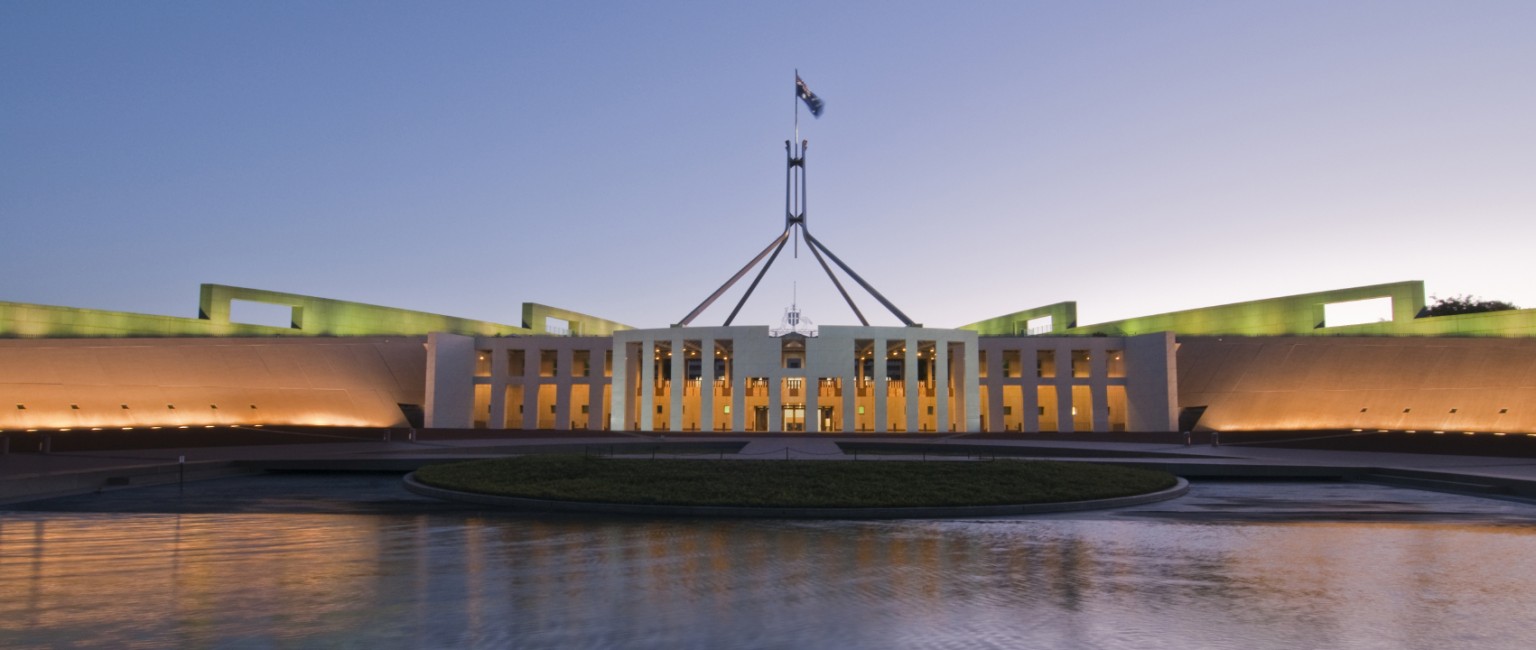What does the Federal Budget mean for commercial property?

With the leaves of autumn comes the Federal Budget, that strange Tuesday night when a government sets out what it will do with our taxes and how it plans to steer the economy.
Watching the Treasurer’s address closely will be the titans of property, an industry accounting for 11.5% of Australia’s GDP and $34 billion in state and federal taxes.
To get a sense of what the industry wants to see in the budget, I spoke to Property Council of Australia Chief Executive Officer Peter Verwer.
I started by asking Verwer what he thought of the government’s strategy of moving the budget back into surplus over the next five years.
“We want to see the budget back into the black,” he said. “And the best way to do this is to eliminate wasteful spending. That means shifting spending to programs which boost our prosperity by improving productivity and our competitiveness as a nation.”
Property taxes
During last year’s election, the PCA made a bold call to replace all state and federal property taxes with one common, valuation-based, real estate tax.
I asked Verwer if this was still the PCA’s position and he said: “Yes it is and while I can’t at the moment give you the specifics from our submissions, I can tell you that we have been working with state and federal treasuries on a number of options.
“We would like to see an end to the inefficient plethora of taxes – municipal rates, stamp duty, land tax – and see them replaced with a broad-based, low rate tax with reduced compliance costs.”
Infrastructure
Infrastructure is a hot topic this year so I asked Verwer what he thought of the go-ahead for Sydney’s second airport.
“We welcome this decision; it will be good for NSW and the nation. But along with big ticket infrastructure, we want to see the micro community projects which add greatly to productivity and economic growth.
“It is the projects which eliminate the pinch points in infrastructure networks which can be the most valuable, like the hundred rail crossings in Melbourne that impede people dropping off at child care centres on their way to work.
“When assessing priorities, we favour the kind of methodology used in the UK Cities program which considers the boost new infrastructure will make to a network rather than prioritising big set pieces centred on a red ribbon cutting event.”
I went on to ask about the government’s kite flying exercises – limiting negative gearing and reviewing the tax concessions on super.
Negative gearing
“We wouldn’t want to see any changes to negative gearing or to the 50% reduction in CGT,” Verwer said.
“These policies are important to commercial property owners and to households because of their role as the central plank in our housing system.
“I think it would be counterproductive to see negative gearing focused exclusively on new property because this would send investors into direct competition with first home buyers.
“That can’t be good for young families.”
Superannuation
So what about super then?
“Australia is well served by our super system as it provides the patient capital necessary for long term projects and the challenges identified in the government’s Inter-Generation reports,” Verwer said.
“Super is suited to fund the many implications of a longer life span – providing the hardware, if you like, for the services like education and aged care that we are going to need in the future.
“It’s also an important source of patient capital for commercial property. When people look at the city skyline they should understand that 70% of it is owned by the people through their super funds.
“If Karl Marx was alive today, he would be a super fund manager.”







